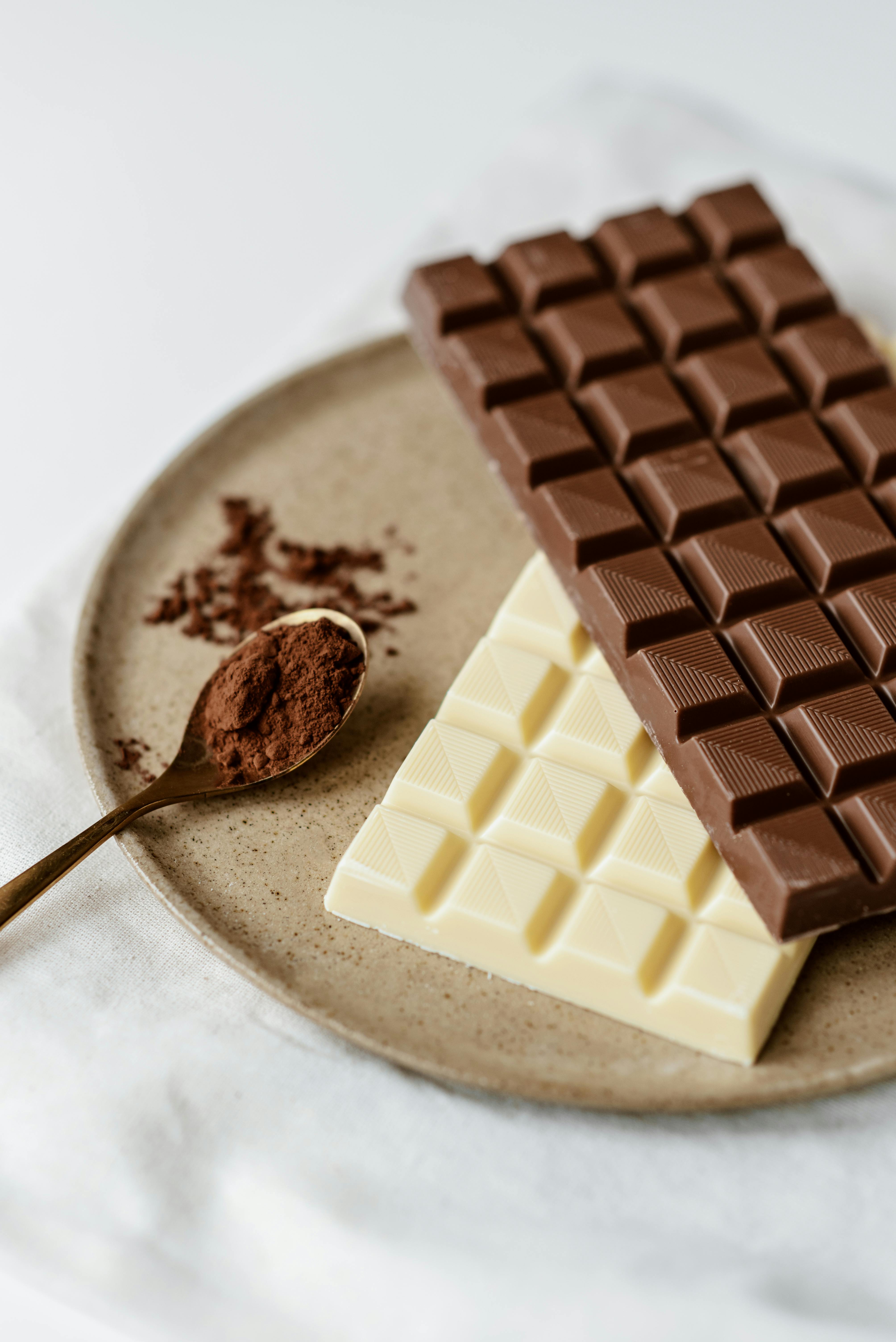The Art of Crafting Belgian Chocolate: A Delightful Journey
Chocolate is a universal language of love and indulgence. But when it comes to Belgian chocolate, it's more than just a sweet treat; it's a culinary heritage that reflects the country's history, culture, and culinary prowess. Let's embark on a delicious journey to explore this delectable world.

The Belgian Chocolate Odyssey
Belgian chocolate is renowned worldwide for its superior quality and intricate craftsmanship. Its journey begins with the careful selection of cocoa beans, sourced from the finest plantations around the world. This is followed by a meticulous process of roasting, grinding, and refining that results in a smooth and intensely flavored chocolate.
The Art of Praline: A Belgian Innovation
Belgium’s real claim to fame in the chocolate world is the creation of praline - a chocolate shell with a soft center, which revolutionized the chocolate industry. Pralines come in countless flavors, fillings, and shapes, offering an array of sensory experiences.
Bean-to-Bar Movement: The New Wave
The recent bean-to-bar movement has further elevated the Belgian chocolate scene. This involves chocolatiers taking control of every step of chocolate production, from sourcing the beans to producing the bars. This enhances the flavor profiles and allows for more ethical and sustainable practices.
Belgian Chocolate Pairings: A Symphony of Flavors
Belgian chocolate isn’t just meant to be eaten alone. Pairing it with the right foods and drinks can create a symphony of flavors. Dark chocolate pairs beautifully with bold red wines, while milk chocolate complements lighter, fruity wines. Belgian chocolate also pairs well with certain cheeses, nuts, and fruits.
Belgian Chocolate in Modern Cuisine
Belgian chocolate isn’t just for confectionery. Modern chefs incorporate it into savory dishes, creating unique flavor combinations. It can enhance the taste of sauces, marinades, and meat rubs, bringing a touch of sweetness and depth.
Belgian Chocolate Nuggets
- Belgian law mandates that a minimum of 35% pure cocoa should be used for any product labeled as “Belgian chocolate.”
- Belgium produces over 220,000 tons of chocolate per year, with more than 2,000 chocolate shops throughout the country.
- The Brussels airport is one of the world’s largest selling points of chocolate.
Delving into the world of Belgian chocolate is a delightful journey, revealing the intricate craftsmanship and passion that go into every piece. It is a testament to Belgium’s culinary heritage and a celebration of flavor and texture. So, next time you savor a piece of Belgian chocolate, remember, you’re not just indulging in a treat, but partaking in a rich, cultural experience.





